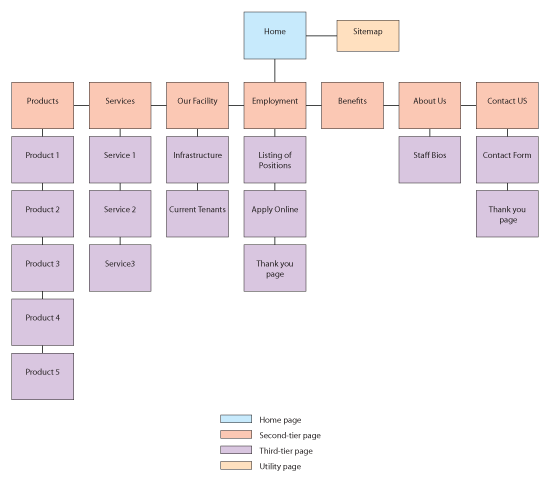The purpose of this blog is to document my exploration into the world of website optimization. I will post on here, hopefully on a weekly basis, to document what I've been learning about SEO.
How search engines work
Most people's first point of contact when they use the internet is a search engine. To find the information you are looking for the search engine will use robots, known as 'spiders' to crawl the web, examine many factors to deliver relevant results for your search.
The spiders will scan the headlines, words and links of websites, information in the source code of the site as well as data from other elements on the page.
Off Page SEO techniques
Social Media is one method of the above. Facebook, Twitter and YouTube being the most popular platforms to expose content to a wider audience.
Blogging is another way draw people in by writing about something and adding links pertinant to your website that people may be interested in.
Backlinking to other websites with interesting of relevant content can be useful. Google 'bots love this 'endorsement' from other sites.
On Page SEO techniques
This is making your website as search engine-friendly as you can. Making title tags as accurate as possible. Descriptive Meta tags should be used. Making sure you have unique content with relevant keywords on each page is crucial. make good use of anchor texy and assign 'alt' tags to images.
Site architecture
Can be thought of in a way like architecture of buildings. As early as possible, consideration should be given to the planning, content and aesthetics of the website. Determining Functionality, such as using Flash or HTML and browser compatibility are of importance.
Be mindful of how pages are linked internally and be vigilant of click depth. Having to make ten clicks back to your home page is not desirable.
Site hierarchy
This is essential to let users and 'robots' know levels of importance on your website. Use logical URLs for naming pages. Keep navigation or content categories relevant and clear. Build a sitemap. You should be able to reach this from the homepage and every other page. It should show links to every page of your website.
Internal navigation
Make sure your website is laid out in a user-friendly way and is easy to move around. Give important information prominence. Take time to name catagories accurately and with relevance to increase accessibility for the user.
Web copywriting
Try to keep your content clear and succinct. Try to engage the reader quickly as there is a tendency to scan over copy to find relevant content. Write snappy headlines and clear, intelligent sub headings. Keep your text in easy-to-digest chunks. This will give the reader a chance to get a flavour of the content promptly.


No comments:
Post a Comment